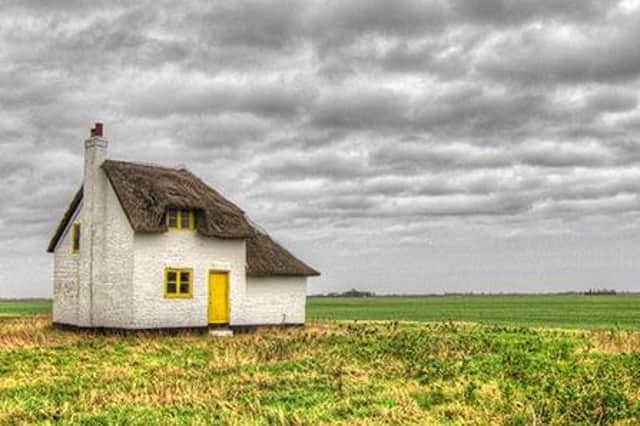Anyone who’s ever travelled along the A47 between Guyhirn and Thorney will no doubt have cast a wistful glance over at Canary Cottage on Knarr Farm at some point or another.
Set back from the road in an isolated field next to the Dalmark grain drier, this cute, almost idyllic-looking cottage has been unofficially named by many a family to amuse and entertain their kids on a day trip up to the coast.
Depending on your age, you may know it better as ‘Pixie Cottage’, ‘Fairy Cottage’, ‘Carol’s Cottage’, ‘Rupert’s House’, ‘Thumbelina’s Cottage’ or perhaps even ‘Willie Winkies House’.
Whatever you know it as, it is a feature of our landscape, which has been around since the mid-18th century.
And, since it received Grade II listed building status in 2019, the much-loved landmark seems set to remain that way for generations of day-trippers yet to come.
Tony Calladine, regional director for Historic England in the East of England, agrees: "By protecting it we are helping to ensure it can be enjoyed by future generations, helping them to understand life in the Fens in times gone by.”
The oldest date given to the cottage is circa 1750, a date passed down by the Dixon-Spain family who owned it back in the 1930s. They believed it was built shortly after the drainage of the local fens and was initially used as a shepherds cottage sited alongside what was known to be a sheepfold. Back then, the land was used for little else than grazing.
It was the Dixon-Spain tenancy as landowners that gave rise to the name ‘Canary Cottage’. Being owners of a number of local farms, identification of property and machinery was done by colour-coding all items. Knarr Farm was allocated yellow, hence the painting of the cottage windows and doors.
The cottage itself was a traditional tied cottage, meaning the farmer offered it to help keep valued farm workers on-site. The last time the cottage was used in this way was in the 1960s – the final occupants departed for the last time in 1965.
Though many people have admired this delightful cottage from afar, very few will have seen how it looks inside (it is private property). One person who has enjoyed that rare privilege though is Paul Young, owner and administrator of Peterborough Images. Here, he shares some of the photos he took when he was granted access.
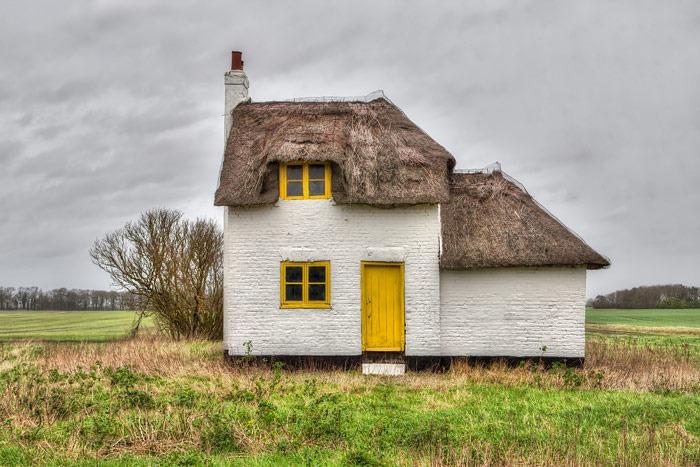
1. Canaray Cottage
According to Historic England, the cottage's distinctive yellow door and windows were painted in the early 20th century by the Dixon-Spain family who owned a number of different farms in the area. It is believed they used a colour coding scheme to identify their buildings and machinery. Photo: Peterborough Images Archive
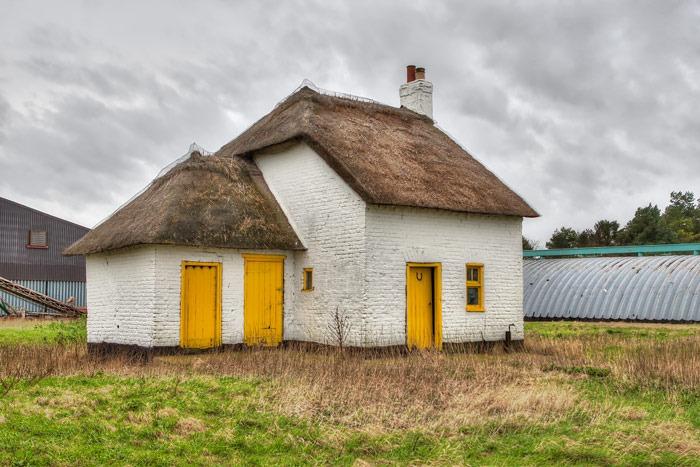
2. Canary Cottage
Canary Cottage is thought to have been built sometime 1750. It is a rare surviving example of a mid-18th century fenland cottage which, it is believed, was constructed shortly after the drainage of the local fens. Photo: Peterborough Images Archive
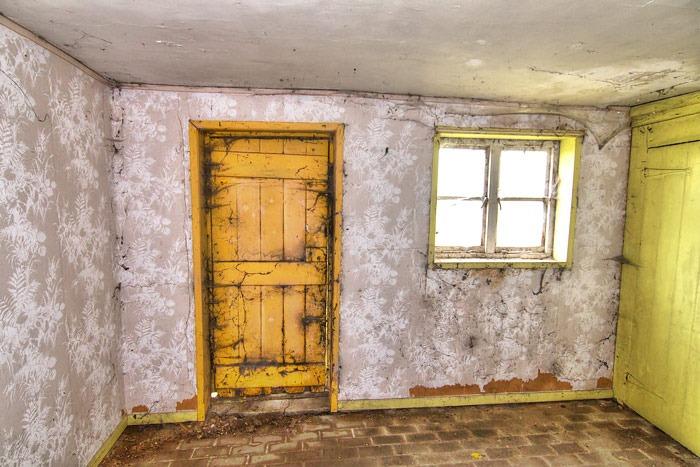
3. Canary Cottage
While the cottage's evocative exterior is rather idyllic, the brick-built L-plan building offered very basic living conditions. Residents had a sitting room and kitchen on the ground floor and two bedrooms upstairs. A storeroom and toilet were also on hand in an outbuilding. Photo: Peterborough Images Archive
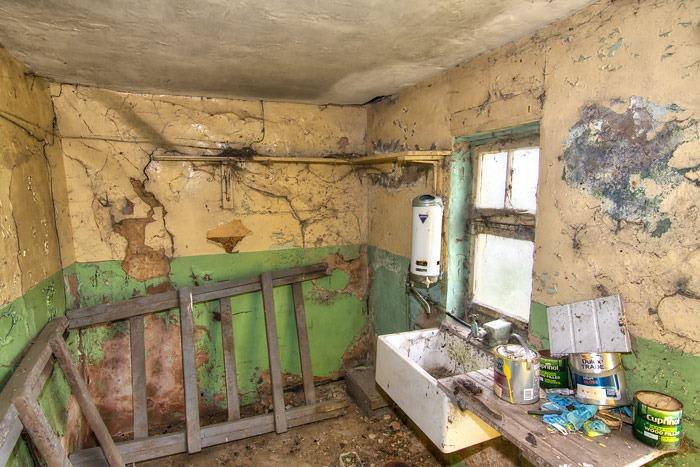
4. Canary Cottage
The cottage's amenities were modest, although it did benefit from an open fireplace, gas lighting and mains water. Here you can see the gas-powered water heater connected to the cottage's only tap. Photo: Peterborough Images Archive
